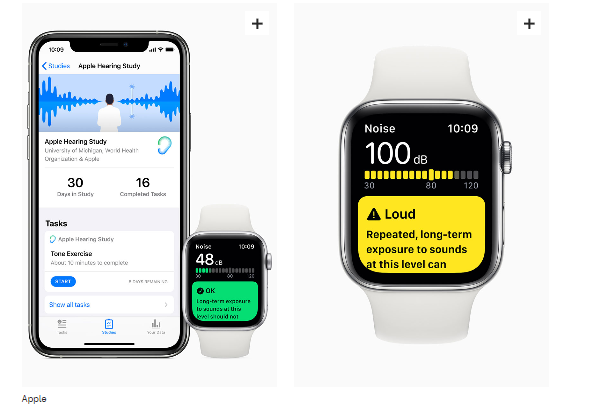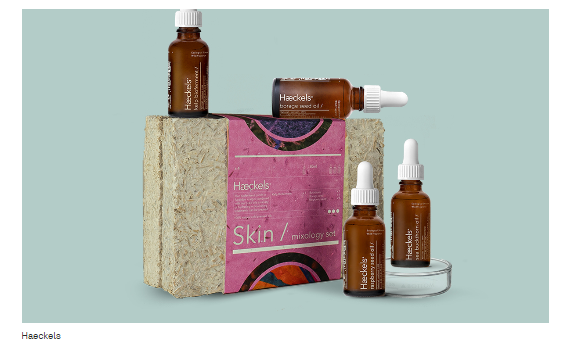 How did our predictions from last year fare? Highlights from health, lifestyle, and luxury
How did our predictions from last year fare? Highlights from health, lifestyle, and luxury
Our annual Future 100 report dives into the trends, innovation, and cultural changes that will drive the next year. How did last year’s predictions fare? Below, we look back at our most accurate predictions in health, lifestyle and luxury.
Vegan luxury (#74)
As luxury brands, haute-couture designers and high-end retailers continue to disavow animal skins and furs, vegan luxury is evolving into an all-encompassing sustainability movement.
Vegan products stocked by luxury brands and retailers increased by 258% across the UK and US in 2019, according to data from Edited.
The lineup of fur-free luxury brands is growing steadily. In October 2019, Macy’s announced that it will stop selling fur products at all Macy’s and Bloomingdales stores by February 2021; in May 2019, Prada revealed that it will stop using fur in all designs beginning in February 2020; and in February 2019, luxury retailer FarFetch announced that it would stop selling all animal fur products.
Instead, designers are turning to innovative animal alternatives. In July 2019, Stella McCartney designed a biodegradable tennis dress for Adidas made out of lab-grown spider silk, and in January 2019, Hugo Boss released a line of vegan shoes made out of pineapple leaf in place of leather.
Increasingly, this realignment of vegan products with luxury sensibilities is being wrapped into business practices and metrics. In November 2019, Gucci CEO Marco Bizzarri penned an open letter inviting CEOs to join his Carbon Neutral Challenge. “We are entering a new decade of corporate accountability,” Bizzarri wrote. “As businesses, we all have a responsibility to meet the reality of our global climate and biodiversity crises head on.”

Prada signed a sustainability-linked loan in November 2019, with interest payment rates determined by the company’s ability to hit key sustainability targets in their operations and products.
Silence (#88)
A growing awareness of the negative impact of excessive noise levels on everything from hearing to mental health is attracting the attention of big brands. “Consumption society has produced so much noise that it even transformed silence into a commodity,” designer Nathalie Harb tells Wunderman Thompson Intelligence. “Silence is becoming a luxury feature because of the technology that enables it, but also because of all the wellbeing culture that promotes it.”
Apple has been paying particular attention to the health implications of excessive noise levels. In November 2019, the tech giant launched a large-scale study on the impact of loud noise on long-term hearing health in collaboration with the World Health Organization.

In October 2019, Apple released the Noise app on Apple Watch, which measures ambient sound and notifies users when noise reaches harmful levels that can lead to permanent hearing damage.
Later that same month, Apple introduced a noise-cancelling version of the AirPod headphones with sensors that detect and block external noise in real time, adjusting sound levels 200 times per second.
In September 2019, SilentLab unveiled standalone soundproofed office pods to shield workers from excessive noise.
In May 2019, The Guardian reported that the background noise in some restaurants can be as loud as a lawnmower or motorcycle, spotlighting Soundprint, the “Yelp for noise” app released in 2018.
Material innovation (#92)
Brands and designers are sparking a creative and scientific renaissance as they rethink product and packaging material to minimize environmental harm.
Unveiled in October 2019, Biogarmentry is a new clothing material made from algae that photosynthesizes carbon dioxide into oxygen for a more sustainable alternative to fast fashion.
Swedish company Re:newcell introduced Circulose in October 2019, a new material made from recycled cotton clothes.
In August 2019 Haeckels introduced a new biocontributing model for beauty packaging, crafted from mycelium combined with sawdust, flax, and hemp husks. The outer wrapper is made of recycled paper pulp mixed with wildflower seeds; when the box and paper are buried together after use, the mycelium encourages the growth of the seeds.
In February 2019, Guatemalan designer Elena Amato developed a new bacterial cellulose substance that offers a sustainable alternative to plastic packaging for personal care products. The material is created from bacteria, yeast culture and water, and is fully compostable.
Source: JWT Intelligence


